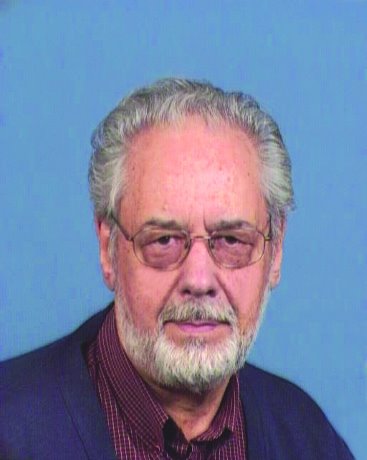The modern craze for the next great thing, the newest technology, the latest fad gets tiresome. So it’s refreshing to read that we are still learning lessons from the ancients.
When 3-D printing exploded into our consciousness a few years ago, people were quick to find trivial uses for it. But serious research led to other applications, and now it has been used in combination with lessons learned from Incan stonemasons who plied their craft in the Andes Mountains of South America 600 years ago.
Two architects in California have used a 3-D printer to create a column that can withstand seismic shocks without rebar and without mortar.
Ronald Rael and Virginia San Fratello designed a system of bricks using computerized tools, and then printed them in concrete using a 3-D printer. Once the bricks are assembled, their interlocking features make the column resistant to earthquakes by preventing horizontal movement. They call it a Quake Column.
Rael teaches architecture at the University of California, Berkeley; San Fratello teaches at San Jose State. Together, they have an architecture practice called Emerging Objects.
Many of the Incan cities were built an earthquake zones, yet many of their structures remain virtually intact in spite of the lack of reinforcement in their structures.
One writer described Incan buildings as having "a peerless seismic resistance thanks to high static and dynamic steadiness, absence of resonant frequencies and stress concentration points."
"During an earthquake with a small or moderate magnitude, masonry was stable, and during a strong earthquake stone blocks were ‘dancing’ near their normal positions and lay down exactly in right order after an earthquake."
The techniques used were already old by the time Incan stonemasons employed them. They had been passed down for generations, from the masons who built cities in what is now Bolivia several centuries before Incan domination began in the early 1400s.
The system devised by Rael and San Fratello is not intended to replace traditional technique. Rather, it is what scientists call a proof of concept. And it has a number of other advantages beyond seismic resistance.
Their bricks are hollow, which provides a high strength-to-weight ratio. Each is printed with handles, making them easy to handle during assembly. Each is printed with a code that tells the mason how to place them. Since each brick is knurled, the assembly process is somewhat like snapping together Lego bricks.
The finished product looks somewhat like a column with a square cross-section, but which has been twisted 180 degrees. And, like Lego bricks, it’s bumpy.
The team calculates that the technique could be used to build load-bearing walls that comply with most modern building codes.
The whole concept arose as Rael and San Fratello were exploring materials that might be useful in building small objects — tiles, screens and the like — that might be useful to them in their architecture practice.
Some, like rubber or powdered bone, didn’t work out. But one, hardwood sawdust, enabled them to produce what they call a Walnut Screen, in which the sawdust granules are fused together with special glue then printed into panels which can be used to divide a room.
Rael has a long-standing interest in traditional materials, including plain mud, reinforced with straw. That led him, in 2003, to found www.eartharchitecture.org, an online database of materials and information about the use of traditional building materials. He has also written a book, Earth Architecture, published in 2008, dealing with modern applications for building from earth, including mud brick, rammed earth and compressed earth.
The subject seems a bit esoteric to write an entire book about, but growing environmental concerns have sparked interest — enough interest that that the book is easy to find, esoteric or not. You might want to look for it at your local library.
Korky Koroluk is an Ottawa-based freelance writer. Send comments to editor@dailycommercialnews.com.











Recent Comments
comments for this post are closed